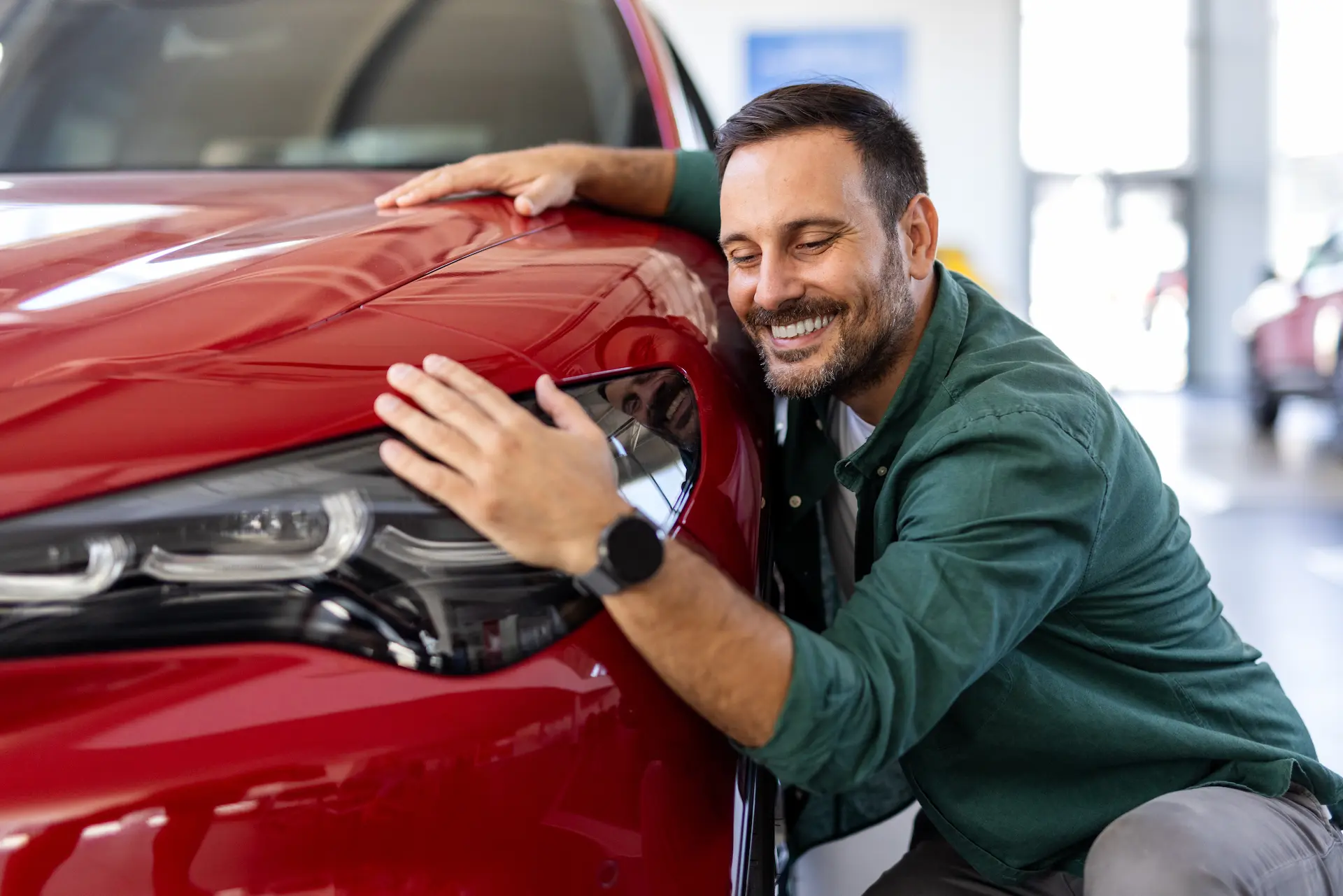PPF Facts
What Is PPF?
Unlike traditional protective coatings, PPF self-heals from light scratches and swirl marks when exposed to heat—like sunlight or warm water—keeping your paint looking pristine. Backed by warranties typically lasting 5–10 years, PPF delivers durable defense that’s virtually invisible and preserves your vehicle’s original aesthetic.
PPF is meticulously applied to your car’s painted surfaces to protect against:
- Stone Chips
- Scratches & Minor Abrasions
- Road Debris & Bug Splatter
- UV Damage
Why Use PPF?
- Preserves Appearance
PPF blends seamlessly with your paint job, maintaining a showroom finish without altering your car’s design. - Self-Healing Technology
Light scratches and swirl marks literally vanish with exposure to heat, giving your paint a continuously smooth surface. - Long-Lasting Protection
With warranties that can extend a decade, PPF offers extended peace of mind and reduces the need for frequent touch-ups. - Ideal for High-End & New Vehicles
Perfect for anyone who wants to keep paint looking flawless, especially in areas prone to road hazards.
Where is PPF Usually Applied
While PPF can be installed on your entire vehicle, many opt for high-impact areas most vulnerable to damage:
- Hood
- Front Bumper
- Fenders
- Side Mirrors
- Door Edges
- Rocker Panels
Applying PPF to these critical zones protects your paint where it matters most, helping you avoid costly repairs and preserving your car’s pristine look.
Pairing PPF with Ceramic Coatings
For the ultimate combination of protection and shine, many drivers choose to pair PPF with a ceramic coating. PPF provides superior defense against physical damage, while ceramic coating adds a deep gloss, makes cleaning easier, and offers additional chemical and UV protection. Together, they deliver an unbeatable blend of durability and aesthetic appeal.







